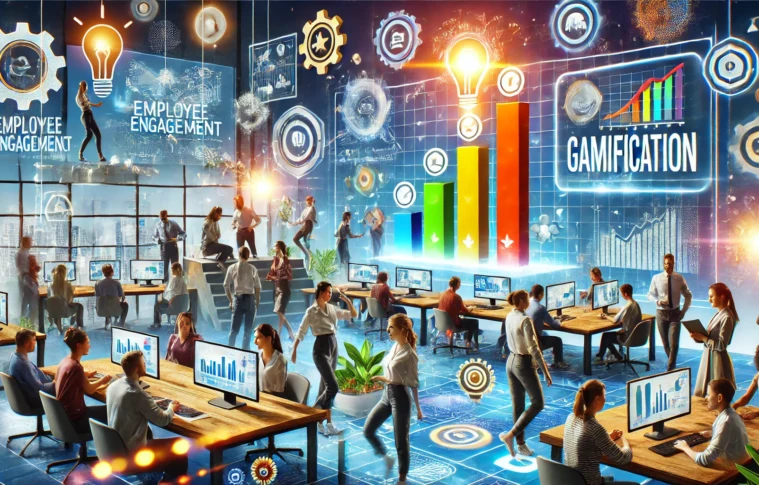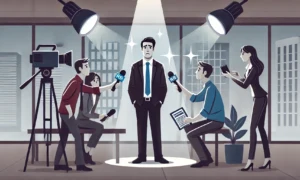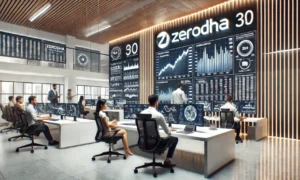Introduction
Gamification, the application of game-design elements and principles in non-game contexts, has become an increasingly popular strategy for businesses looking to improve employee engagement, productivity, and performance. By incorporating game mechanics such as rewards, competition, and achievement tracking into everyday work processes, businesses are finding new ways to motivate employees, foster teamwork, and improve outcomes. This case study explores how companies have successfully integrated gamification into employee training, performance management, and daily work activities to enhance engagement and output.
Case Study 1: Deloitte – Enhancing Learning and Development Through Gamification
Background
Deloitte, a global professional services firm, sought to innovate its training and development programs to engage employees in more interactive and motivating ways. Faced with the challenge of training thousands of employees across different regions, the company turned to gamification to improve learning experiences and employee performance.
Gamification Strategy
- The Deloitte Leadership Academy: Deloitte launched its gamified leadership training program, which utilized game mechanics to create an engaging learning environment. Employees earned points and badges as they completed training modules and participated in various learning activities.
- Progress Tracking and Rewards: The platform incorporated progress bars and achievement milestones, similar to a video game, so employees could track their own development and receive rewards for completing specific tasks. The elements of competition helped encourage employees to stay motivated and engaged.
- Social Interaction and Collaboration: The platform also included social features where employees could challenge colleagues, participate in group activities, and share their accomplishments, fostering a sense of community and teamwork within the learning process.
Outcome
Deloitte reported significant improvements in employee engagement and completion rates for the leadership academy. By incorporating gamification, employees were more motivated to engage with training content, and the interactive nature of the platform helped improve the retention of knowledge. The company saw improved leadership skills across the organization, directly contributing to better business performance.
Case Study 2: Salesforce – Gamification in Sales Performance Management
Background
Salesforce, a global leader in customer relationship management (CRM) software, adopted gamification as part of its sales performance management strategy to boost employee motivation and drive results. The company integrated game mechanics into its sales operations to encourage healthy competition and improve sales output across its global team.
Gamification Strategy
- Salesforce’s “Dreamforce” Rewards Program: Salesforce introduced its “Dreamforce” rewards program, which incorporated gamification techniques into its sales process. Salespeople could earn points and rewards based on their sales performance, such as meeting sales targets or completing specific tasks related to customer engagement.
- Leaderboards and Recognition: The program included real-time leaderboards, allowing employees to track their performance relative to others. Top performers were recognized in company-wide communications, motivating others to strive for similar achievements.
- Customizable Challenges: Salesforce also allowed employees to customize their own challenges, setting specific goals and tracking progress toward personal achievements. This personalized approach ensured that employees felt ownership over their tasks and were intrinsically motivated to succeed.
Outcome
Salesforce saw a noticeable increase in overall sales productivity and a boost in employee morale. The use of gamification fostered a sense of friendly competition and achievement among the sales team, leading to a higher level of engagement and better performance. The gamified rewards program not only improved individual results but also contributed to the company’s overall revenue growth.
Case Study 3: Cisco – Gamification for Employee Engagement and Innovation
Background
Cisco, a multinational technology company, faced challenges in maintaining employee engagement and fostering innovation in its large, global workforce. In an effort to solve these issues, Cisco implemented a gamified platform to encourage creative problem-solving and to promote employee involvement in new product development and business challenges.
Gamification Strategy
- The Cisco “IdeaStreet” Platform: Cisco introduced “IdeaStreet,” a gamified platform designed to encourage employees to submit and develop innovative ideas. The platform rewarded employees with points, badges, and virtual currency for submitting ideas, commenting on others’ ideas, and advancing concepts through different stages of development.
- Collaboration and Competition: Employees could compete individually or in teams, allowing for both independent and collaborative efforts. High-performing individuals or teams were rewarded with real-world incentives such as recognition, monetary prizes, or opportunities for career advancement.
- Innovation Challenges: Cisco used gamification to drive engagement in specific innovation challenges, where employees were tasked with solving business problems or creating new products. These challenges were designed to tap into employees’ creativity and drive innovation.
Outcome
Cisco successfully used gamification to tap into its employees’ creativity and boost engagement across its global workforce. The “IdeaStreet” platform resulted in a significant increase in the number of new ideas submitted, many of which led to product innovations and operational improvements. Employees felt more motivated to participate in the company’s innovation efforts, and the gamified environment fostered a culture of continuous improvement and collaboration.
Key Benefits of Gamification in the Workplace
- Increased Employee Engagement
Gamification taps into employees’ natural motivation to achieve, compete, and be rewarded, increasing overall engagement with training programs, daily tasks, and company goals. The interactive nature of gamified systems keeps employees interested and involved, which leads to better retention of information and higher productivity. - Enhanced Performance and Productivity
By using rewards, leaderboards, and personalized challenges, gamification provides employees with clear incentives to meet performance targets. The competition and recognition foster a results-driven culture that aligns employees’ efforts with company objectives, ultimately boosting performance. - Encourages Learning and Development
Gamified learning experiences, like those implemented by Deloitte, allow employees to acquire new skills in a fun, engaging way. This approach improves learning retention and accelerates skill development, enabling companies to upskill their workforce efficiently. - Promotes Collaboration and Teamwork
Many gamified platforms encourage social interaction, collaboration, and teamwork, as seen with Cisco’s “IdeaStreet.” These elements not only improve individual performance but also foster a culture of cooperation and knowledge sharing, which is vital for innovation and long-term success. - Fosters a Culture of Recognition
Gamification encourages a continuous feedback loop where employees can receive instant recognition for their efforts. This can lead to a more positive workplace environment, where employees feel valued and motivated to keep contributing.
Conclusion: The Power of Gamification in Enhancing Employee Performance
Gamification has proven to be a powerful tool for companies seeking to enhance employee engagement, boost performance, and foster a culture of innovation. Whether through gamified training programs, performance management systems, or collaboration platforms, businesses are finding that incorporating game elements into the workplace can yield significant improvements in both employee motivation and business outcomes.
Disclaimer
Posts in the Notebook are written by individual members and reflect personal insights or opinions. Please verify any information independently. If you have any concerns, notify the admin immediately so we can take action before any legal steps are taken.





